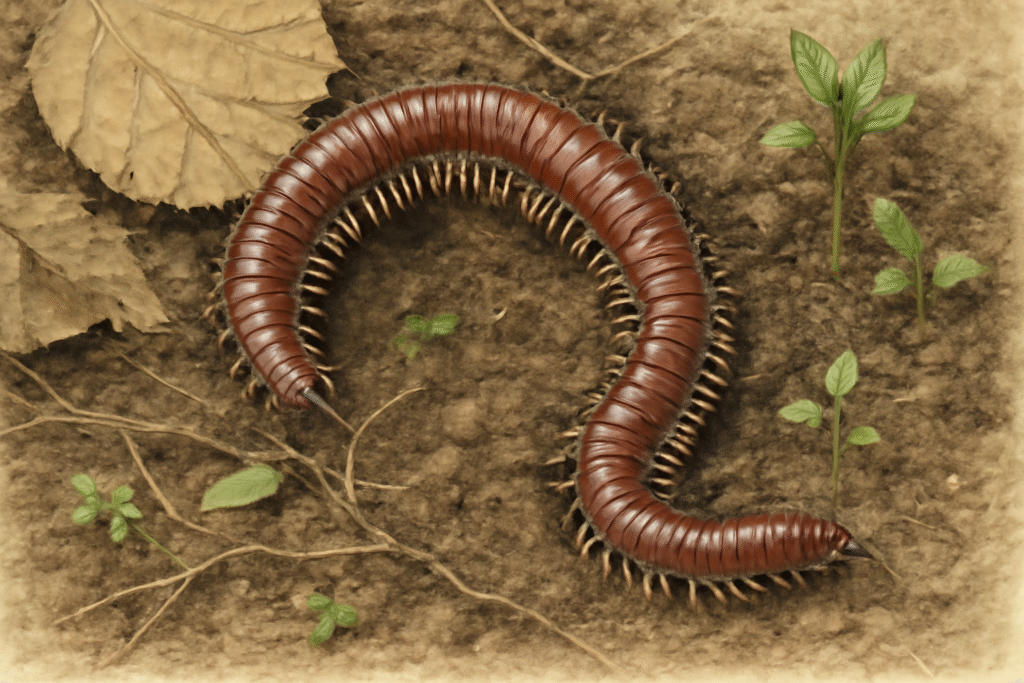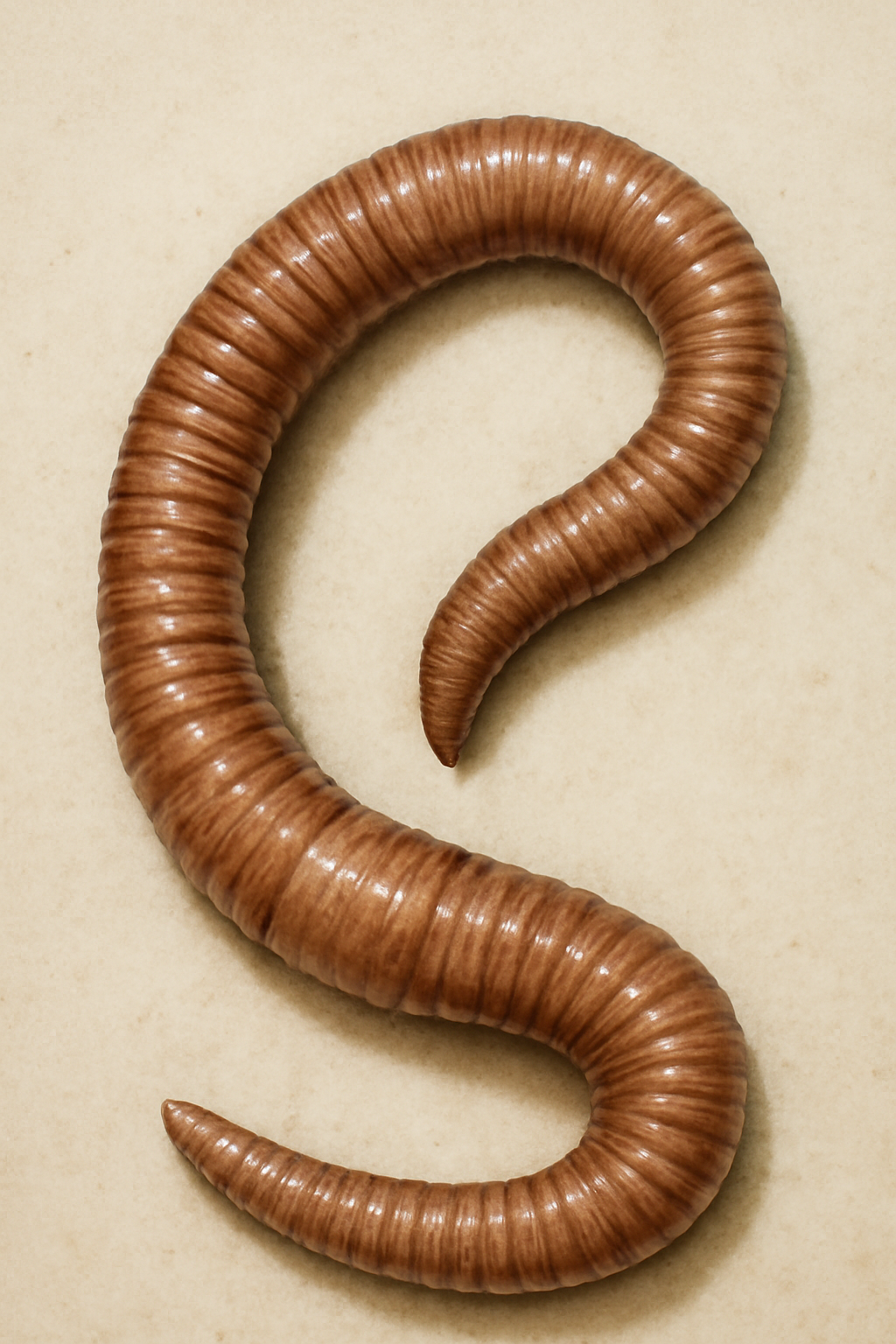Phylum Annelida
Phylum Annelida is one of the most diverse and evolutionarily significant groups of invertebrate animals. Known commonly as segmented worms, members of this phylum exhibit a high degree of organization and specialization that distinguishes them from simpler invertebrates. Their body segmentation, advanced organ systems, and ecological roles make them an important subject of study in biology.

General Characteristics of Annelida
Annelids are bilaterally symmetrical, coelomate animals with a segmented body plan. Their name is derived from the Latin word annellus, meaning “little ring,” which refers to the ring-like segments that make up their bodies. These segments, called metameres, give the annelid body a repetitive structure, both externally and internally.
1. Body Segmentation
One of the defining characteristics of annelids is metamerism—the division of the body into a series of similar segments. Each segment typically contains elements of various organ systems such as the nervous, excretory, and circulatory systems. This segmentation allows for more efficient movement and specialization of body regions.
2. Coelom and Body Cavity
Annelids possess a true coelom, which is a fluid-filled body cavity completely lined with mesoderm. The coelom serves several purposes, including acting as a hydrostatic skeleton for movement, providing space for internal organs, and facilitating the transport of gases and nutrients.
3. Body Wall and Musculature
The body of annelids is covered by a moist cuticle and an epidermis. Beneath the epidermis lie circular and longitudinal muscles, which help in locomotion. Movement is generally aided by bristle-like structures called setae or chaetae, which are present in most annelids (except in some leech species).
4. Digestive System
Annelids have a complete and well-differentiated digestive tract that extends from the mouth to the anus. It typically includes a pharynx, esophagus, crop (for storage), gizzard (for grinding), and intestine (for absorption).
5. Circulatory System
One of the most advanced features of annelids is their closed circulatory system. Blood circulates within vessels and is pumped by one or more muscular hearts or aortic arches. Hemoglobin or other respiratory pigments may be dissolved in the plasma to aid in oxygen transport.
6. Nervous System
The nervous system includes a pair of cerebral ganglia (a primitive brain) and a ventral nerve cord with segmental ganglia. This allows for coordinated movement and response to environmental stimuli.
7. Excretion
Annelids typically excrete waste through nephridia, which are paired excretory organs found in each segment. These remove nitrogenous waste and maintain osmoregulation.
8. Reproduction
Most annelids reproduce sexually, although some can also reproduce asexually by fragmentation or budding. They may be monoecious (hermaphroditic) or dioecious (separate sexes), depending on the class. Fertilization can be internal or external, and development may involve a larval stage known as the trochophore.
Classification of Phylum Annelida
Phylum Annelida is generally divided into the following major classes:

1. Polychaeta (Marine Worms)
- Mostly marine
- Possess numerous setae on parapodia (fleshy appendages)
- Well-differentiated head with sensory organs
- Examples: Nereis, Aphrodite (sea mouse), Arenicola (lugworm)
Polychaetes are typically free-living and display a wide range of lifestyles, including burrowing, swimming, and tube-dwelling. Their parapodia aid in locomotion and respiration.
2. Oligochaeta (Earthworms and Relatives)
- Mostly terrestrial or freshwater
- Have few setae per segment
- Lack parapodia
- Hermaphroditic
- Example: Lumbricus terrestris (common earthworm)
Oligochaetes are important for soil health. They ingest soil and organic matter, breaking it down and enhancing soil fertility. Their simple structure compared to polychaetes indicates an adaptation to terrestrial life.
3. Hirudinea (Leeches)
- Mostly freshwater
- Lack setae and parapodia
- Body flattened dorsoventrally
- Have suckers at both ends
- Hermaphroditic
- Example: Hirudo medicinalis (medicinal leech)
Leeches are known for their anticoagulant saliva and were historically used in medical bloodletting. Modern medicine has revived their use in microsurgery to promote blood circulation in reattached tissues.
4. Archiannelida (Primitive Marine Worms)
- Small, simple, and often microscopic
- Mostly marine and interstitial (living between sand grains)
- Lack parapodia and setae
- Represent ancestral forms
This group includes primitive, simple-bodied annelids and is considered to be close to the evolutionary root of the phylum.
Economic and Ecological Importance
Annelids play crucial roles in various ecosystems and have numerous economic and medical implications.
1. Soil Aeration and Fertility
Earthworms are often referred to as “ecosystem engineers.” Their burrowing activities aerate the soil, improve drainage, and mix organic matter into the subsoil. Their digestive process breaks down organic material, making nutrients more available to plants.
2. Medical Use
Leeches, particularly Hirudo medicinalis, have been used in medicine for centuries. In modern surgical procedures, especially reconstructive surgery, leeches help relieve venous congestion by sucking excess blood and releasing anticoagulants that promote healing.
3. Bioindicators
Because many annelids are sensitive to changes in environmental conditions, they can serve as bioindicators to monitor pollution and ecosystem health, particularly in freshwater environments.
4. Food Web Contributions
Annelids, particularly aquatic species, are a food source for many predators, including fish, birds, and amphibians. They play an integral role in maintaining the balance of aquatic and terrestrial ecosystems.

Evolutionary Significance
Annelids are an important phylum from an evolutionary perspective. Their segmented body plan is believed to have been a precursor to segmentation in other groups, such as arthropods. They also share a common larval form (trochophore) with mollusks, indicating a possible evolutionary relationship between these two phyla.
The complexity of their organ systems—especially the closed circulatory system and coelom—represents a significant advancement in the evolution of invertebrates. These features allow annelids to be more active, grow larger, and occupy a variety of ecological niches.
Conclusion
Phylum Annelida encompasses a wide range of segmented worms that are both biologically fascinating and ecologically indispensable. With their advanced structural features and diverse lifestyles, annelids have successfully adapted to marine, freshwater, and terrestrial environments. From enriching soil to aiding in modern medicine, their impact is far-reaching. Studying annelids not only enhances our understanding of invertebrate biology but also offers insights into the evolutionary processes that have shaped more complex organisms.
As we continue to explore biodiversity and the roles different organisms play in our ecosystems, annelids remain a key group for understanding both environmental health and evolutionary biology.
References
Here are some reference links you can use to support the article on Phylum Annelida:
- Britannica: Annelid — Segmentation, Setae, Metamerism (Encyclopedia Britannica)
- Aakash / AESL: Phylum Annelida: Characteristics, Classification & Examples (Aakash Educational Services)
- Vedantu: Phylum Annelida: Key Features, Classes & Examples Explained (Vedantu)
- EasyBiologyNotes: Phylum Annelida: Definition, Characteristics, Classification and Examples (easybiologynotes.com)


Pingback: Eunice | Zoologyverse | 2025
Pingback: Polynoe | Zoologyverse | 2025
Pingback: Heteronereis | Zoologyverse | 2025
Pingback: Nereis | Zoologyverse | 2025
Pingback: Sabella or Parasabella | Zoologyverse | 2025
Pingback: Tomopteris | Zoologyverse | 2025
Pingback: Glycera (Bloodworm) | Zoologyverse | 2025